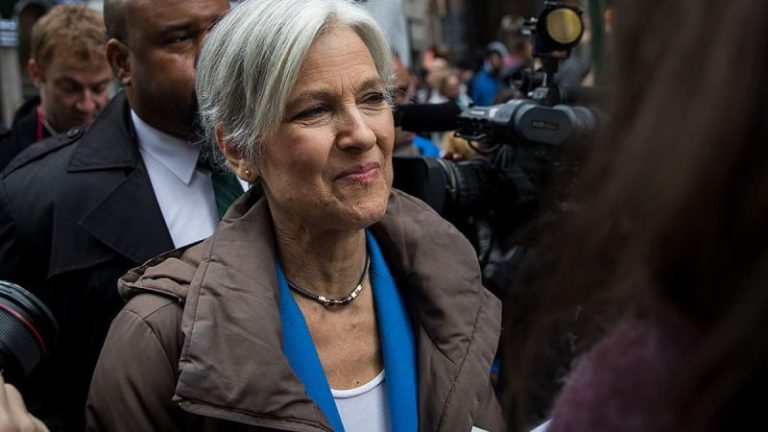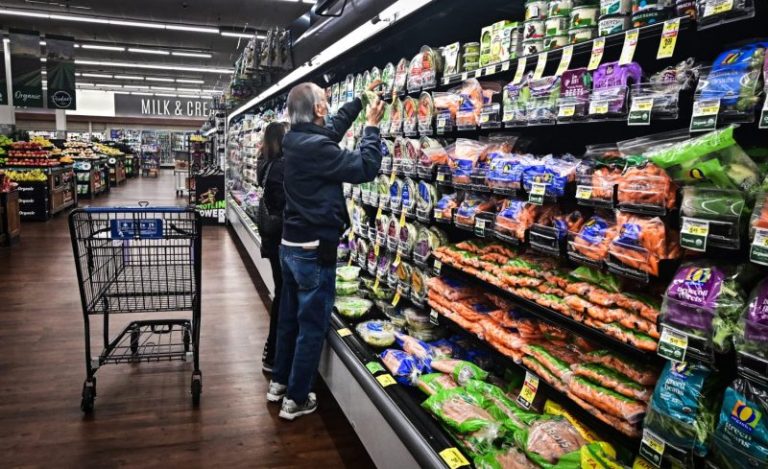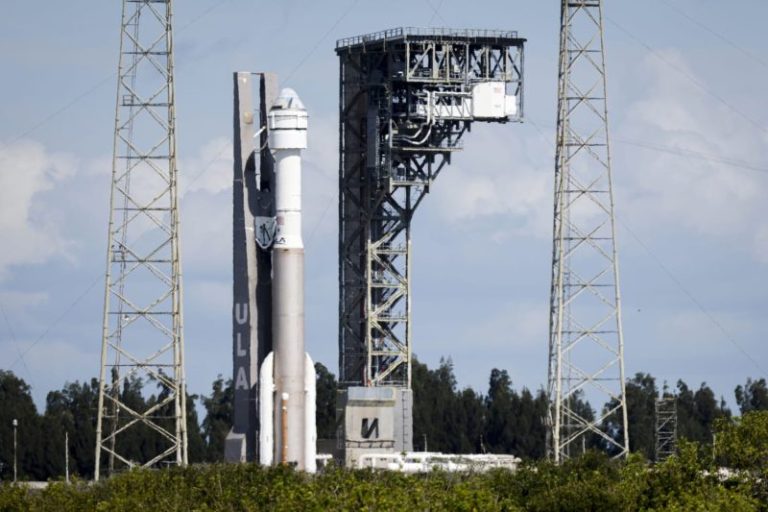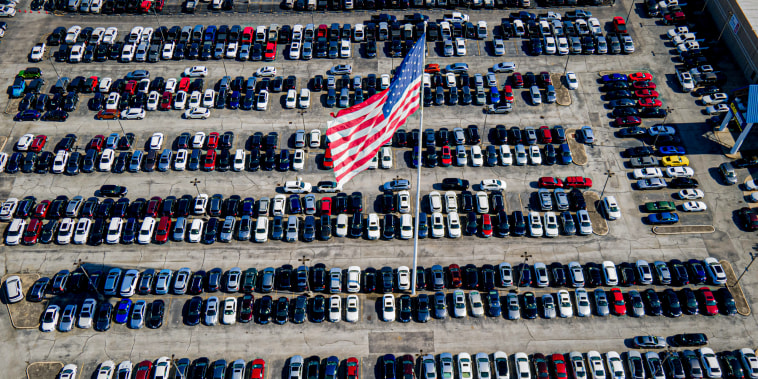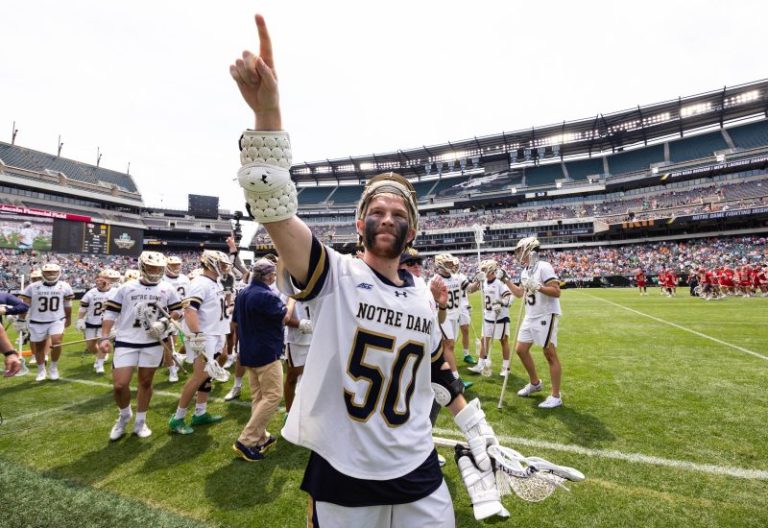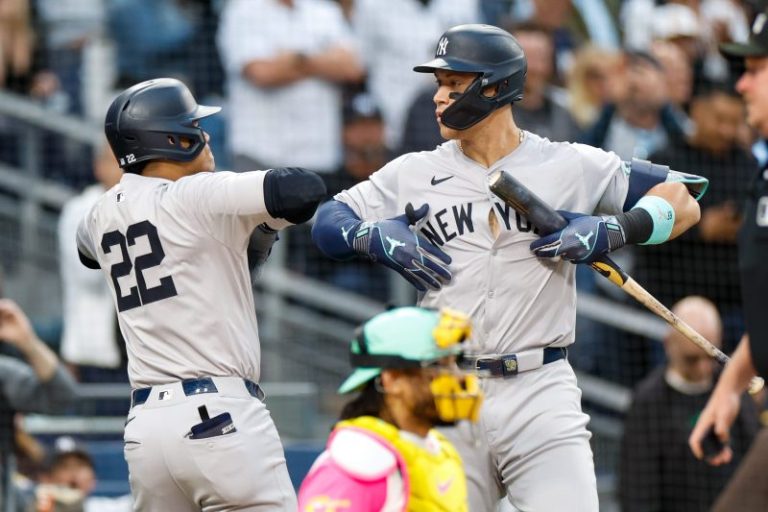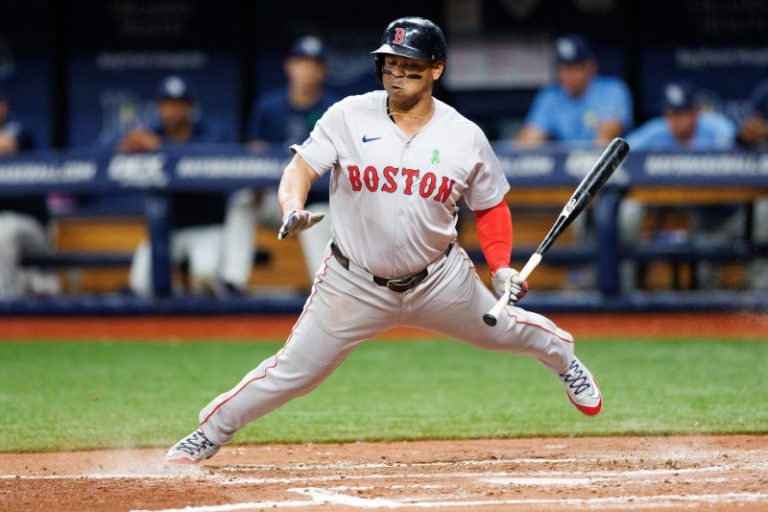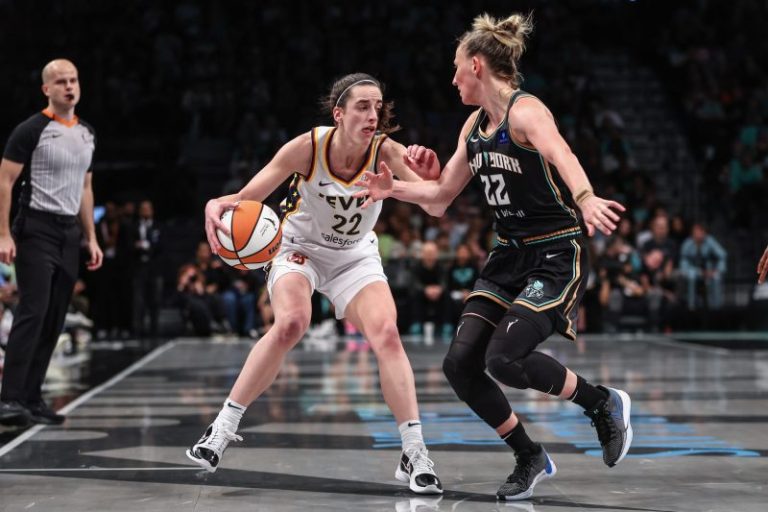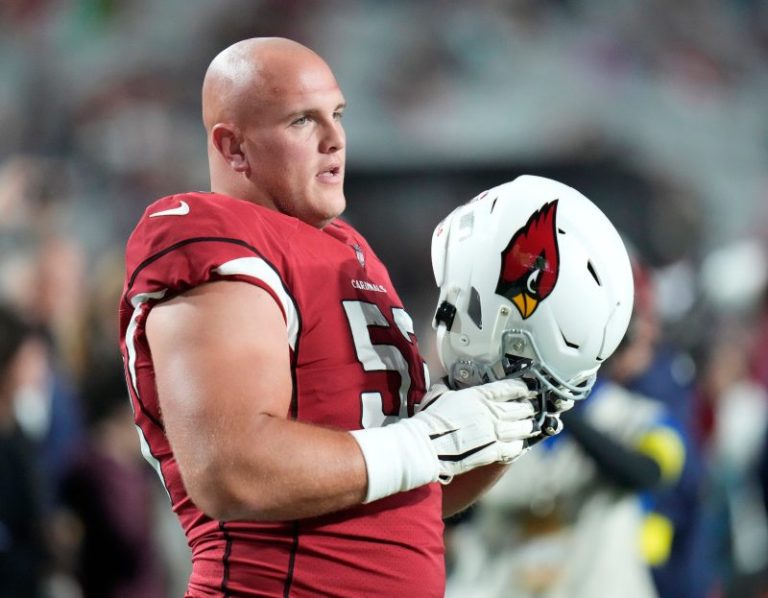The proposed settlement of three antitrust cases concerning the compensation of college athletes that now has been approved by the NCAA, the Power Five conferences and lawyers for the plaintiffs brings some clarity to the future of college sports.
Subject to the agreement’s approval by a federal judge, schools would be able to directly pay their athletes, an extraordinary change for an association and member schools and conferences that had spent years and tens of millions of dollars in legal and lobbying costs fighting the idea.
Under the settlement plan, there would be a damages of about $2.8 billion – most of which is to be paid to compensate current and former athletes who, for years, had been prohibited from getting paid for a variety of activities and accomplishments that now can result in significant cash.
Within – and beyond – that, there are still many questions. Here is a look at some of those questions and where things stand with them. At least for now.
What are the specifics of NCAA revenue plan with athletes?
At its most basic level, the plan presumably set to being in 2025-26 academic year initially will guided by a cap of 22% of the combined total of certain revenues of Power Five conference schools. Among the revenues being counted for this are those from media rights deals, ticket sales and sponsorships. NCAA representatives said Thursday night the dollar amount for the cap is set to increase annually and would be re-set further, depending on whether the applicable revenues increase substantially (think, new or renegotiated TV contracts).
It will be up to the schools to determine how they want to spread this money among their athletes. NCAA representatives said Thursday night the idea is to provide schools with flexibility. And school athletics officials already have been considering how to proceed.
Asked recently whether his department has been planning internally for how it would adjust to revenue sharing, Tennessee athletics director Danny White said: “We’ve been spending a lot of time thinking about it. We have this really special thing called college athletics in this country, and we have an enormous responsibility to make sure we fix a structure that’s been proven to be not legally defendable, not financially sustainable. It’s really important that we take our role seriously.”
What seems clear is that schools will have to take into consideration Title IX, the federal gender-equity law. In multiple public appearances, veteran Title IX lawyer Arthur Bryant — who has represented, and continues to represent, female athletes in numerous lawsuits against schools — has said that if money is coming from schools, the law applies.
Bryant also has argued that because of the increasing connections between athletics departments and collectives, there is a case to be made about Title IX’s applicability to those deals. And he is leading a legal team trying to make such a case in a lawsuit against the University of Oregon that includes allegation related to collectives that Oregon says it does not control.
How will the proposed damages payments be made to affected athletes?
This gets complicated.
The proposed settlement seeks to address lawsuits that were filed at different times and cover different issues. That means money will be paid out from a variety of pools.
For example, there will be a pool based on TV broadcast money that allegedly would have gone to athletes if the NCAA’s limits on pay had not existed. That pool is likely to cover athletes primarily in football, men’s basketball and women’s basketball and will cover athletes from as far back as 2016, because the applicable lawsuit was filed in 2020. Another pool will be based on academic achievement awards that athletes now can get, but previously could not. That pool is likely to cover all current and former athletes who competed on a Division I team on, or after, April 1, 2019, because the applicable suit was filed in April 2023.
Each of the pools likely will apply to different groups of athletes covering different time frames, although it’s likely some athletes will be eligible for payments from multiple pools.
The amount of a payment to an athlete from a given pool almost certainly will be based on factors such as what sport they played, and the number of years they were on a team. Steve Berman, one of the plaintiffs’ lead attorneys, said Thursday night that football and men’s basketball players eligible to receive money from the damages fund each are likely to receive tens of thousands of dollars, if not more.
On Friday, Berman said by email that because the damages settlement would be funded by the NCAA over a 10-year period, payments to athletes also would be made over a 10-year period.
Fees and costs award for the plaintiffs’ lawyers will be part of the settlement agreement that will be sent to U.S. District Judge Claudia Wilken. In 2017, when the damages part of another lawsuit Berman’s firm led against the NCAA was settled for $208.7 million, Wilken’s approved the agreement and the plaintiffs’ lawyers’ request for $41.7 million in fees and $3.2 million in expenses. Those allocations came from the settlement fund.
How do schools cover the cost of athletes’ revenue sharing?
The proposed $2.8 billion in damages money will come from the NCAA. Association representatives said Thursday night said 41% will come from the central office from new revenue, cost savings and reserve funds.
NCAA representatives said the rest will come from reductions in distributions to Division I member schools and conferences. They said the breakdown of that is:
24% from Power Five/Four members.
10% from Group of Five members.
13% from Football Championship Subdivision members
12% from members that don’t participate in football.
As for schools that would be sharing with their athletes, expect to hear a lot of comments like this one from Georgia athletics director Josh Brooks on Thursday at a meeting of the University of Georgia Athletic Association’s board of directors:
“You’ve got to pull every lever, right?” Brooks said. “We’re going to try to find ways to grow revenue whether it’s through our multimedia rights partner, whether it’s through future revenue gains through TV contracts with the (College Football Playoff). Looking at ticket prices is a way, but also we’ve got to be good stewards of our money, right? We’ve got to find efficiencies and operate in the most efficient manner possible.”
Georgia is exploring raising football and baseball ticket prices. Other schools might do what Texas A&M did in late April, when it laid off staffers, according to the The Bryan-College Station Eagle. Or, what Missouri did when it hired Laird Veatch as athletics director: Include a contract provision that says if “changes to the financial model for collegiate athletics” occurs because of pending litigation or legislation and it creates “a serious financial exigency” for the department, the parties agree to renegotiate his pay.
Other athletics officials mentioned the prospects of conferences replacing a non-conference football game with a conference game in the hope of boosting TV and/or ticket revenue, or schools adding corporate patches on jerseys if their outfitting agreements allow.
Amid all of the commercialism now in college sports, there are experts who believe that college sports is under-leveraged commercially. Among those is Jeff Nelson, the president of Navigate, a firm that specializes in college and professional sports rights valuations.
Nelson said that, in addition to ticket prices, schools could look at selling naming rights for stadiums and arenas, expanding signage opportunities inside those venues.
He also mentioned “more exotic” ideas like schools attempting to develop real estate around their venues into entertainment districts or conferences exploring with their schools the idea of pooling their apparel arrangements to take advantage of their collective reach. “There’s a reason all 32 NFL teams don’t have different apparel contracts,” Nelson said.
‘Some of these things will ruffle feathers,” Nelson said. “But this a time for blue-sky thinking, a time for creativity, a time to get more aggressive.”
Is there other impact to the NCAA beyond the damages payment and revenue sharing?
Yes. The proposed settlement would include changes to NCAA rules, including a shift from scholarship limits on sports to roster limits. The details of those plans are still unclear. So are details of an effort to have the proposed settlement create a way for the NCAA to better enforce rules against pay to athletes for use of their name, image and likeness (NIL) being de facto pay-for-play arrangements rather than true NIL deals. That is likely to involve trying to develop a reporting structure for NIL deals and a way to assess the fair market value of deals.
Is this new NCAA structure open to potential legal challenge?
Yes. The proposed settlement is subject to court approval, and there will be an opportunity for parties with appropriate standing to object. Lawyers for the plaintiffs in a separate athlete-compensation suit against the NCAA and the conferences that has been allowed to proceed in Colorado seem likely to object. The inclusion of a cap on revenue sharing could be an issue. And there are hard feelings among some within the NCAA membership outside the current Power Five conferences about the damages settlement and how it’s being funded.
‘All 32 conferences wanted a settlement,” Big Sky Conference commissioner Tom Wistrcill said in an interview Friday, “but it’s unfortunate” the way the proposed agreement turned out. “We’re not giving up hope” about being able to alter the terms either now or in the future.
He also said: “From a Big Sky perspective, we’ve been talking to U.S. senators, governors, legal experts (and) exploring our options – that’s ongoing.”
Asked if that meant filing an objection to the settlement or taking another action, Wistrcill said: “Everything is on the table right now.”
However, Berman and the NCAA representatives said Thursday night they are confident he proposed settlement will gain legal approval.
“Very confident,” Berman said.
This post appeared first on USA TODAY

